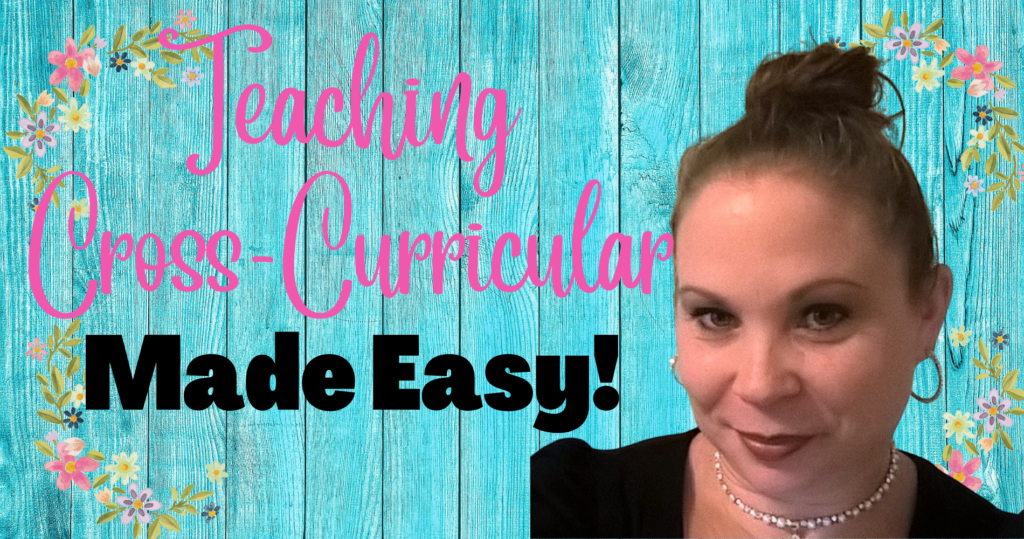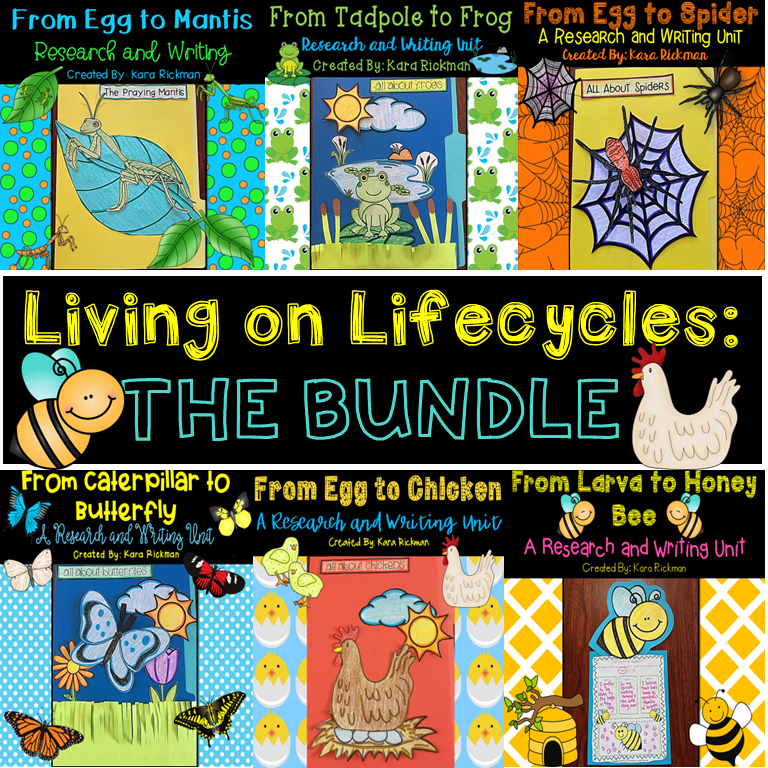
Do you love teaching about life cycles? I sure do! In this blog post, I give a lot of different examples of research and writing with frogs, chickens, praying mantis, butterflies, bumble bees, and ladybugs.
Here is a great learning goal: By the end of this lesson, students will be able to identify and sequence the stages of a simple life cycle, demonstrate an understanding of basic vocabulary related to life cycles, and explain the concept of growth and change over time in living organisms.”
Have you ever wanted to teach life cycles but didn’t know where to start? Guess what? I’ve got 9 ways to teach life cycles in your classroom, and some of these you may not have taught yet! Teaching life cycles can be so much fun and interesting to your students! My students get so excited learning about how the young change to an adult and how they compare.
9 Different Life Cycles:
1.) Spiders- From Egg to Spider
2.) Butterflies- From Caterpillar to Buttefly
3.) Chickens- From Egg to Chicken
4.) Praying Mantis- From Egg to Mantis
5.) Frogs- From Tadpole to Frog
6.) Ladybugs- From Larva to Ladybug
7.) Bumble Bees- From Larva to Bee
8.) Pumpkins- From Seed to Pumpkin
9.) Sunflowers- From Seed to Sunflower
1.) From Egg to Spider
Spiders are so fascinating and scary at the same time and they don’t have to be just for October! You can even have a tarantula in your classroom for your students to observe! How cool!
Here are some great mentor texts that you can read about spiders: The Very Busy Spider by Eric Carle, Diary of a Spider by Doreen Cronin, Spiders by Gail Gibbons, and Are You a Spider by Judy Allen. I like to have a mixture of fiction and nonfiction books so we can compare the genres.




If you’re looking for another fun way to present your student’s research, try making lapbooks! I love making lapbooks for my research projects! Just take a colored file folder and have your students create a cover for it! Then, all of the research templates that they complete get stapled inside! How cool! Here is an example of my lapbook!
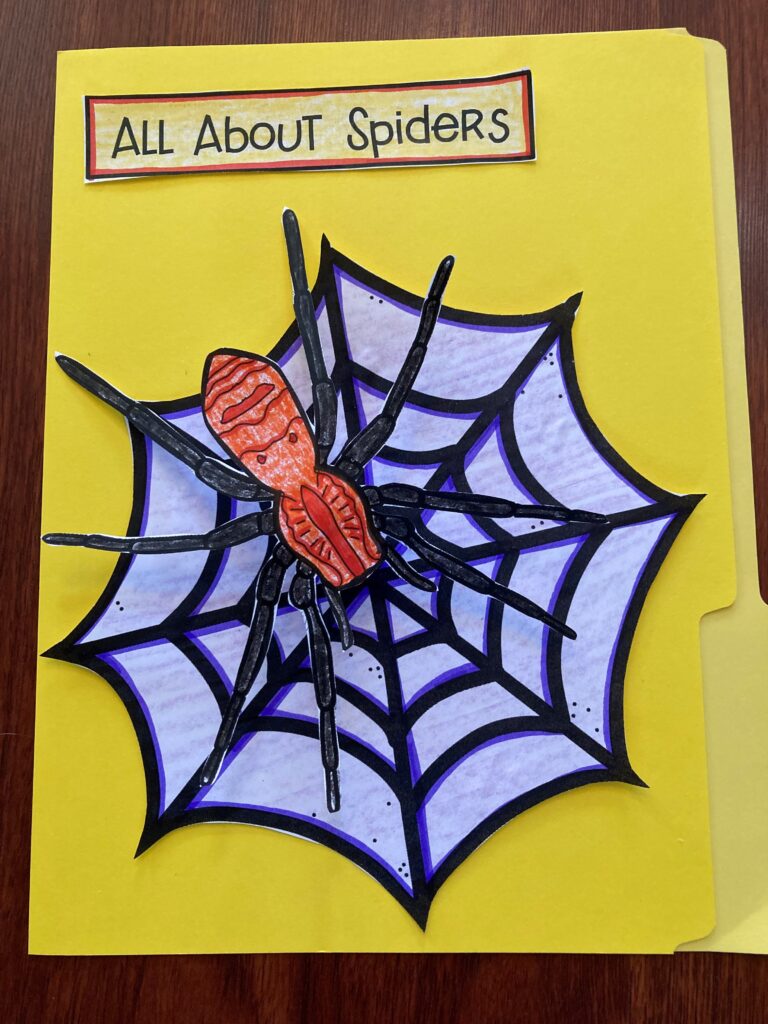
Some of the research pages include writing about the life cycle of a spider, writing spider facts, labeling the parts of a spider, and writing what spiders can, have, and are. If you’re interested in checking out my Life Cycle of a Spider Research, click HERE.
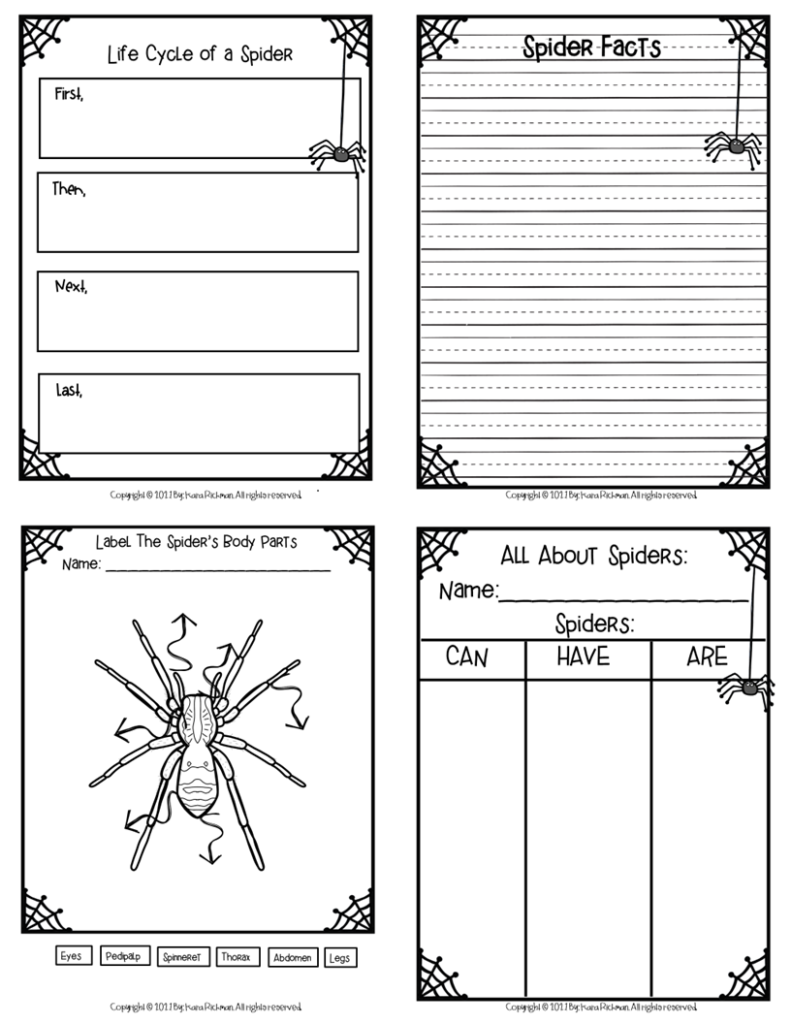
2.) From Caterpillar to Butterfly
Butterflies are so fun and exciting and you can grow them in your classroom! Insect Lore has caterpillars you can order and watch their metamorphosis! Here are some great mentor texts that you can read about butterflies: Monarch Butterflies by Gail Gibbons, Are You a Butterfly? By Judy Allen, From Caterpillar to Butterfly by Deborah Heiligmann, and A Butterfly’s Life by Dona Rice.




You can also make a lap book with a butterfly on the cover and staple the research templates inside!

Some templates include parts of a butterfly, the life cycle, and an observation journal where your students can be scientists and observe the changes that your caterpillars will make when they change to a chrysalis and then a butterfly! The journal has 10 days of pages that your students can draw, label, and write! If you’re interested in checking out my Life Cycle of a Butterfly Research, click HERE.
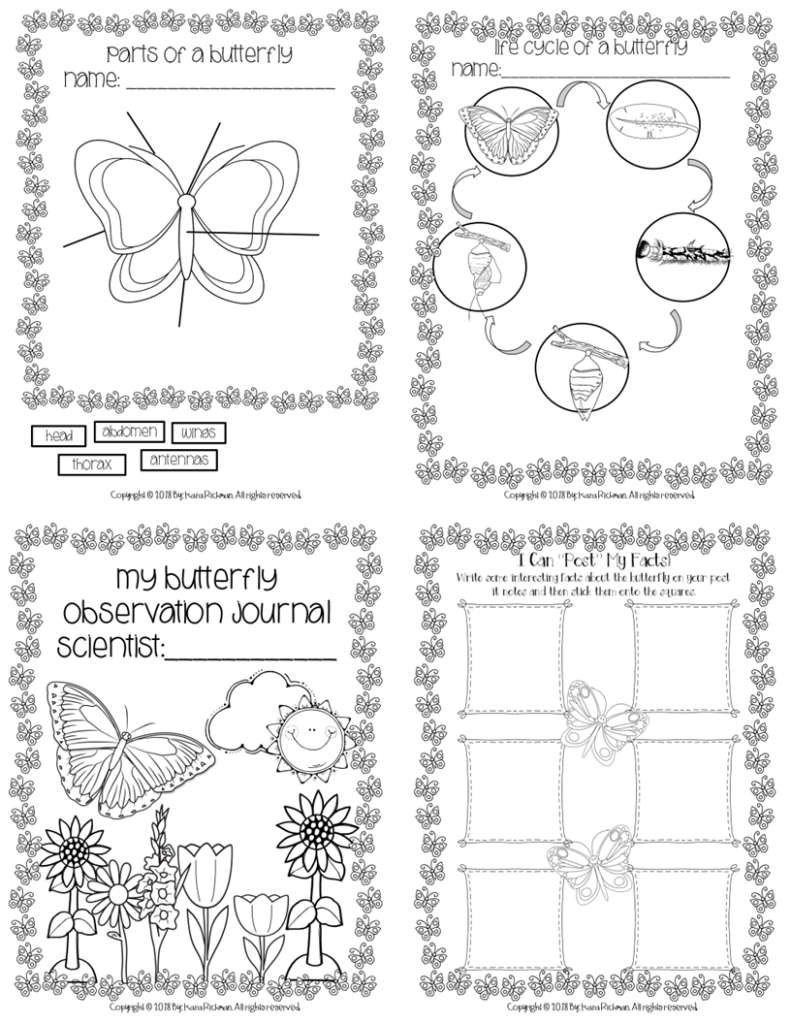
3.) From Egg to Chicken
How about hatching chicks from eggs with an incubator? This is so fun for the kids to watch! They can also hold the chicks after they hatch to observe their beaks, legs, eyes, wings and fluff! Here are some great mentor texts to read for the chicken life cycle: Where Do Chicks Come From By Amy Sklansky, The Life Cycle of a Chicken by Karen Kenney, Chickens Aren’t The Only Ones by Ruth Heller, and The Little Red Hen by Paul Galdone.




Like I said before, I love using different genres to compare the topic. And, even for The Little Red Hen, you can even have a Reader’s Theater! Here are some Little Red Hen hats and puppets your students could make when you do the play! If you’re interested in checking out my Little Red Hen Reader’s Theater, click HERE.

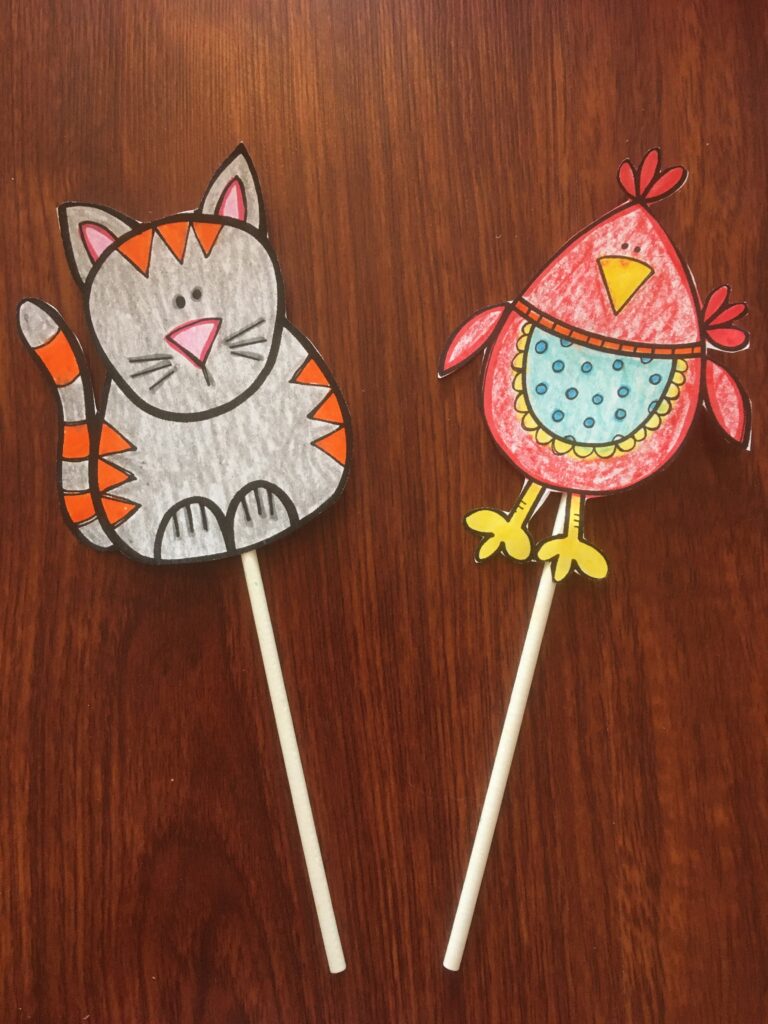
Here is my chicken lap book with the research pages:

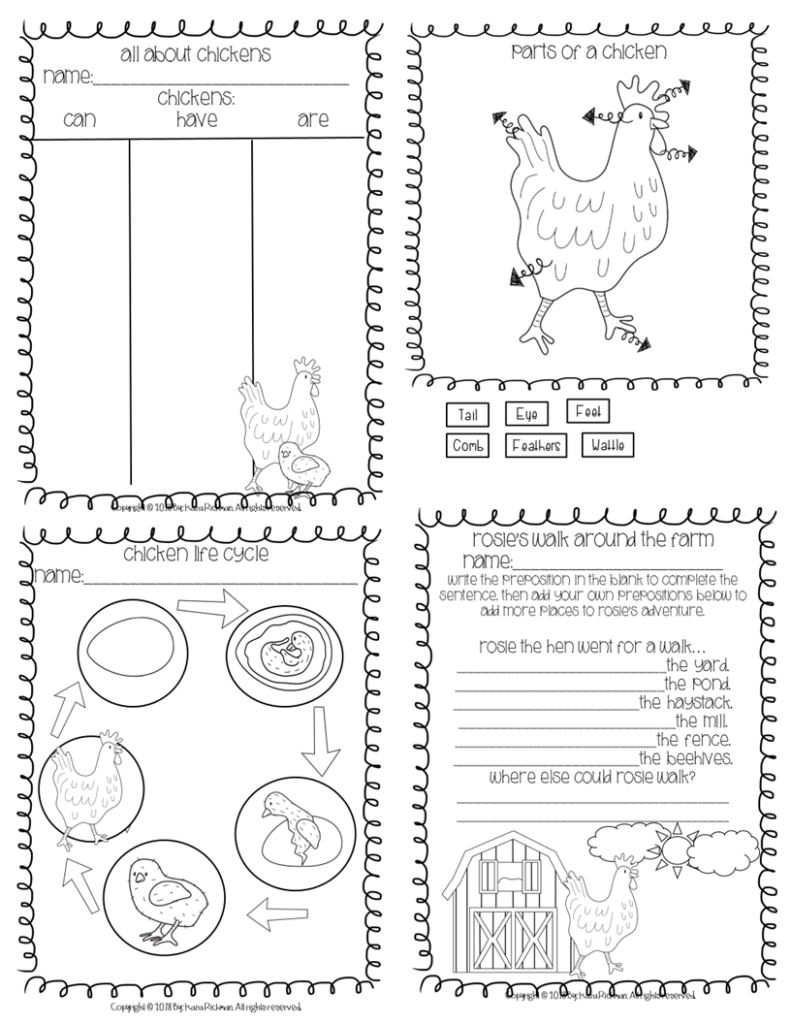
If you’re interested in checking out my Life Cycle of Chickens Research, click HERE.
4.) From Egg to Mantis
One life cycle that is new to me, is the Praying Mantis! My first-grade team loves to have these insects for the students to observe and they’re easy to keep! All you need are fruit flies from the pet store and a squirt bottle with water. You might not think that watching a praying mantis transform is cool, but it is so fascinating!
You can order Praying Mantises from Insect Lore and watch them transform from larva to mantis! You put them inside of a mesh cage so you can open the top and put in the fruit flies to eat! At the end of the unit, we release the mantises outside on our playground. We’ve even seen some grow so huge!!!
Some mentor texts that you can read about the praying mantis are My Awesome Summer by Paul Meisel, Praying Mantis by Margaret Hall, Praying Mantis by Grace Harman, and Praying Mantises by Bullfrog Books.




Again, I love making a Praying Mantis lapbook with research templates. These lapbooks look AWESOME hanging in your hallway! Parents and students love looking at their work!


If you’re interested in checking out my Life Cycle of a Praying Mantis Research, click HERE.
5.) From Tadpole to Frog
If you are next to a river, creek, or pond, grab some tadpoles and keep them in a terrarium! All you need to do is fill the terrarium about 3/4ths with water, and put rocks and gravel in the bottom. Tadpoles are probably one of my favorite life cycles to watch because they are so easy to see them transform! They can eat fruit flies or fish food as well. Here are some mentor texts about frogs: A Frog’s Life by Dona Rice, From Tadpole to Frog by Wendy Pfeiffer, Frogs by Gail Gibbons, and A Frog’s Life by Irene Kelly.




Let’s change things up a bit and make a frog craftivity showing the frog life cycle! You can hang these in your classroom or outside in your hallway! The frog has accordion arms and legs with a circle for a belly. Inside the circle, the students color the life cycle and label them. If you’re interested in this frog craftivity, click HERE.
Frog Life Cycle Craftivity:

Or, you can make a frog lapbook with the research templates inside. Some of these templates include a life cycle writing page and parts of a frog. I also have a frog observation journal that your students can draw, label, and write about the tadpoles each day! If you’re interested in checking out my frog life cycle resource, click HERE.


6.) From Larva to Ladybug
Oh my gosh, ladybugs are so awesome! Insect Lore also has these insects you can order and you can also buy a dome to put them inside! Ladybugs take a little bit longer to change, but when they do, it is fascinating! Here are some great mentor texts that you can read about ladybugs: The Grouchy Ladybug by Eric Carle, Ladybugs by Gail Gibbons, It’s a Good Thing There Are Ladybugs by Joanne Mattern, and A Ladybug’s Life by John Hammelman.




After reading these mentor texts, you can have your students make this life cycle craftivity about the ladybug! So cute! You get a big piece of green construction paper. On one side, you make the ladybug with the wings that open up with a brad. Inside the wings is the life cycle. You can use googly eyes and make the antennas by curling the black strips of paper. Your students can write the life cycle on their writing template and glue it onto the opposite side of the craft. If you’re interested in checking out this ladybug craft, click HERE.

Or, you can have your students make their ladybug research lapbook. Inside the lapbook are templates with the life cycle, ladybugs can, have, and are, and an observation journal for your students to draw, write and label each day! If you’re interested in checking out my ladybug research click HERE.


7.) From Larva to Bumble Bee
Bumble bees are a lot harder to observe, but you can have a beekeeper come and show off the tools and equipment that he uses for his bees! He can even bring some bees inside a hive for the students to watch with a flashlight! Some great mentor texts that you can read about the Bumble Bee are: The Honey Makers by Gail Gibbons, Are You a Bee? By Judy Allen, The Very Greedy Bee by Steve Smallman, and The Life Cycle of a Bee by Bobbie Kalman.




Here’s the Bumble Bee lapbook and the research templates that you can complete with your students! The research templates include a Bumble Bee Observation Journal, Parts of a Bumble Bee, Bumble Bees can, have and are, and the life cycle writing templates. If you’re interested in checking out my Bumble Bee life cycle research, click HERE.
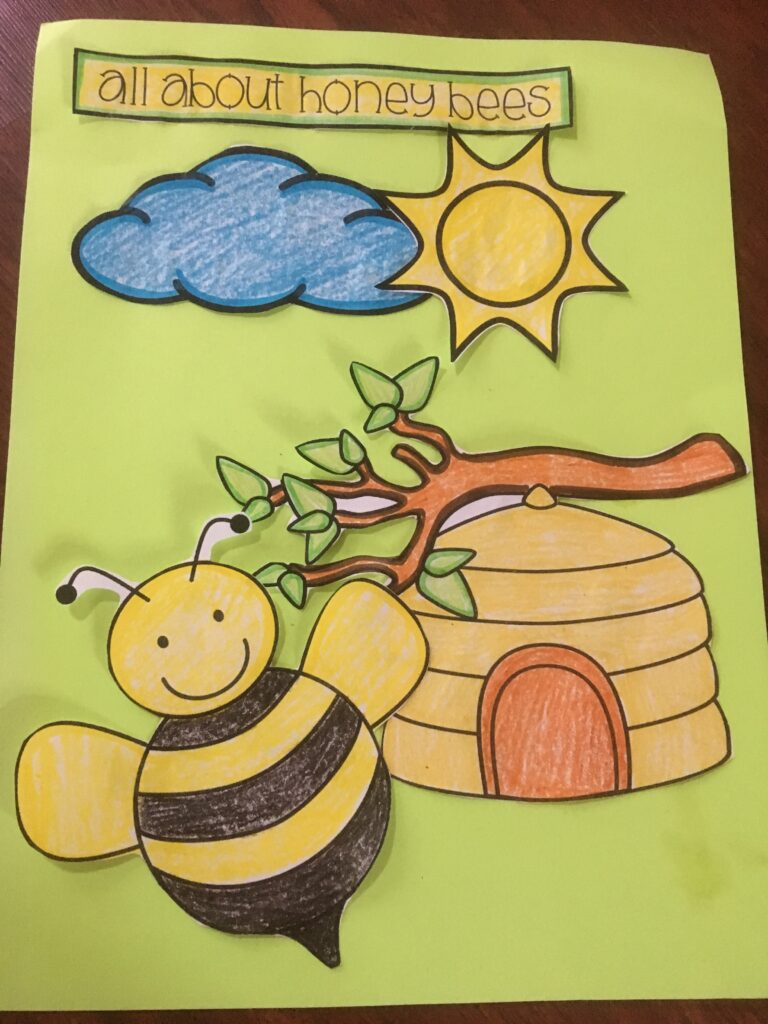
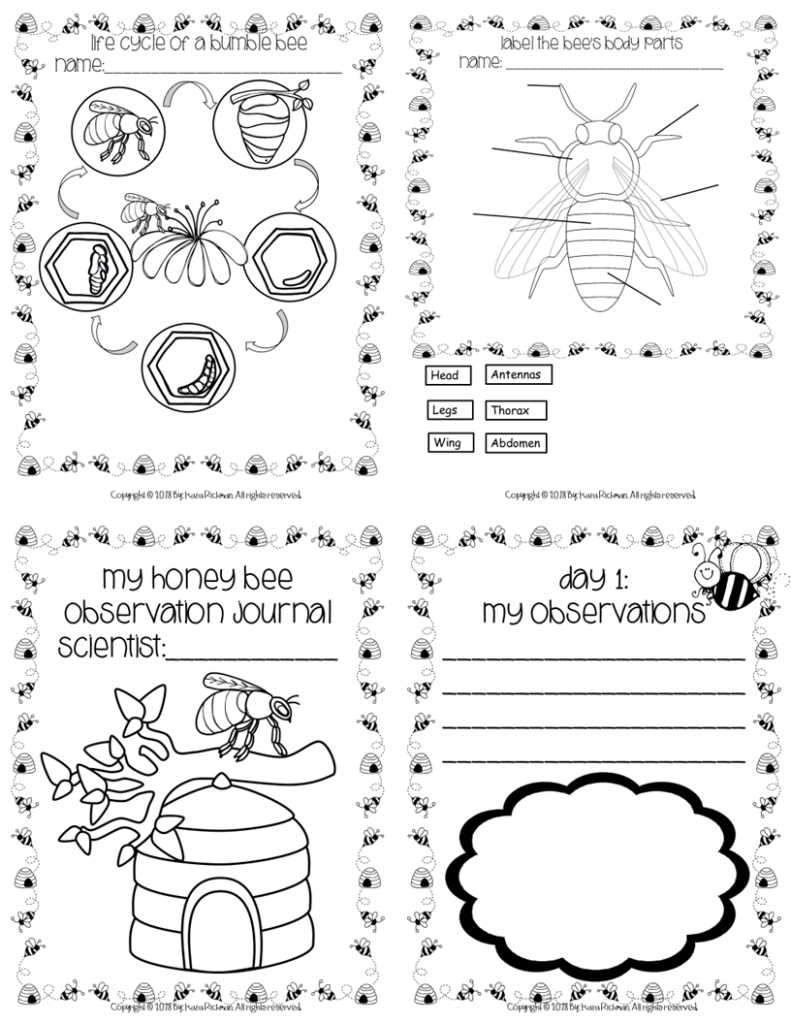
8.) From Seed to Pumpkin
It doesn’t need to be October for you to talk about the life cycle of plants- although pumpkins do grow better in the fall! If you want to talk about the life cycle of a pumpkin in the fall, you will get better results! There are some great mentor texts such as: From Seed to Pumpkin by Wendy Pfeiffer, Seed to Pumpkin by Sophia Black, The Pumpkin Book by Gail Gibbons, and Pumpkin, Pumpkin by Jeanne Tetherington.




You can have your students make a life cycle craftivity with orange construction paper as the background. They can color pictures of the pumpkin life cycle with arrows on one side of the paper, and then write about the life cycle and glue it on the other side of the paper. If you’re interested in checking out my Pumpkin Thematic Unit with research templates, click HERE. This unit has lesson plans, anchor charts, interactive notebooks, writing craftivities and a pumpkin observation journal as well!


9.) From Seed to Sunflower
Last, but certainly not least, you can grow sunflowers and observe them so easily! I’ve done it with a window green house and also inside a clear plastic cup. Both ways are so fun and so easy. Here are some great mentor texts to read about sunflowers: A Sunflower’s Life Cycle by Mary Dunn, The Tiny Seed by Erci Carle, The Life Cycle of a Sunflower by Linda Tagliaferro and Sunflower House by Eve Bunting.




Here is my Sunflower Life Cycle Research Journal: In this journal, the students plant a sunflower seed and then record their observations each day. There are 10 days of pages to fill out. If you;re interested in my Sunflower Research click HERE.


So there you have it! All 9 of my most popular life cycles right at your fingertips! I hope you have a great time teaching life cycles this month! I know I will! And, guess what??? I have a Life Cycles BUNDLE that you can buy and get ALL of these life cycles into one resource! If you’re interested in checking out my Life Cycle BUNDLE click here.
Until next time, let’s take your classroom to the next level!

P.S.) Are you interested in learning about My Cross-Curricular Day in First Grade? Click HERE to read more!


